Is there a place for snarky comments when responding to customers on social media?
In a recent report, by Sprout Social, it was found that brand personality on social media affects consumer purchase decisions. Respondents said they wanted more honest, friendly and helpful brand personality on social media over snarky and politically correct comments.
How one company uses snarky comments to engage and produce viral content
Yet, Wendy’s has developed quite the reputation on Twitter. From burying a troll at the mere suggestion that its meat was frozen to throwing shade at its burger rivals, snark has become such a specialty for the fast food chain that you’d half expect to see it listed alongside burgers and fries on the value menu.
The latest person to benefit from Wendy’s social media buzz is 16-year-old Carter Wilkerson from Reno, Nevada. The teen asked Wendy’s how many retweets he would need in order to earn a year’s supply of free chicken nuggets. Not one to shy away from a challenge, Wendy’s took the bait and hit him with a snide reply: 18 million retweets.
At last count, Wilkerson’s message had been retweeted more than 3.6 million times — breaking the previous retweet record set by Ellen DeGeneres. That monumental feat earned the young man internet fame and 12 months of free chicken nuggets.
When it isn’t laying down absurd challenges, the restaurant has a habit of throwing shade on Twitter. When a Florida fan goaded the restaurant’s Twitter team into roasting him, Wendy’s obliged by mocking him for wearing a backward baseball cap: “Turn your hat around, you aren’t Bart Simpson, and it isn’t 1997.”
A barb like this might turn most people off, but Wilkerson told The Wall Street Journal that members of Generation Z “find getting into fights on Twitter funny.” In fact, the steady stream of sarcasm seems to be paying off as far as the brand’s social following goes. Wendy’s gained about 350,000 new Twitter followers in the wake of one particularly savage roast.
Social growth is great, but does viral content translate into sales? Perhaps in the short term, but brands that use sharp elbows when it comes to customer service are playing with fire. There’s a fine line between humor and nastiness, and the latter can cause irreparable harm to even the most beloved brands.
Know your audience
Most corporations approach social media with at least one of three goals: to assist customers, to increase brand recognition, and to recruit new talent. That’s pretty much it. Throwing some sarcasm and snarky comments into the mix can certainly engage audience members, but I question whether doing so makes your business more appealing to prospective customers or employees.
After all, not everyone shares the same sense of humor. Rarely will you see a pimply teen busting a gut over the same joke as someone’s great-aunt Mildred. There are relatively few universally funny themes, and they don’t typically involve potential customers as the butt of the joke.
Snark sometimes makes sense, but only when it goes hand in hand with a brand’s identity. Few people would think twice about a sarcastic tweet from the likes of Jack in the Box, which boasts menu items such as Wakey Bakey Hash and Jumpin’ Jack Splash. The same message coming from a smiling young redhead in pigtails feels incongruent, even if it might appeal to a small subset of customers. When interactions in one channel — Twitter, in this instance — don’t seem to agree with guest experiences on the phone, in the restaurant, or in marketing material, audience members are left confused.
Imagine if Walmart retained its “Always Low Prices” marketing message but emphasized luxury goods on its website and in stores. It would create a total disconnect for people new to the chain, and potential customers might feel completely duped by its marketing once they entered the store.
In other words, your communication on social channels should match the rest of your messaging. Any other approach makes it difficult for potential customers to establish who you are and what you stand for. Consumers shouldn’t be left questioning why a tweet, post, or share is coming from your brand.
The wager of wisecracks
In addition to confusing customers, an overly snarky social presence risks alienating people who simply don’t appreciate certain varieties of humor. It’s absurdly difficult to convey sarcasm in text, making it likely that audience members might misconstrue a snide tweet as offensive.
Carl’s Jr. recently pivoted its advertising away from content featuring scantily clad models. The sex-laden advertisements felt dated in contrast to women-empowering messages from the likes of Dove and Microsoft, alienating half of all consumers and drawing attention away from its most important feature: its food.
“We do an unbelievable amount of things in a restaurant to prepare our food...but our research showed we weren’t getting credit for it,” Brad Haley, CMO at CKE Restaurant Holdings, told Advertising Age. “People didn’t know about it, or we told them so long ago they forgot.”
The potential to drag a brand into a back-and-forth argument is greater when adopting a snarky persona on social channels, which increases the likelihood of a social media crisis or consumer backlash. People prefer to do business with honest, friendly brands, and 88 percent of consumers don’t appreciate it when brands make fun of fans.
Adopting an edgy, sarcastic personality can help your brand stand out from the crowd — the approach has certainly worked for Wendy’s. But before you begin trolling potential customers and flaming competitors, weigh whether being “different” is worth the risk. Your tone, by definition, might not be everyone’s cup of tea — or milkshake.
source https://www.smartinsights.com/customer-relationship-management/customer-service-and-support/different-worth-risk-social-media-customer-service/
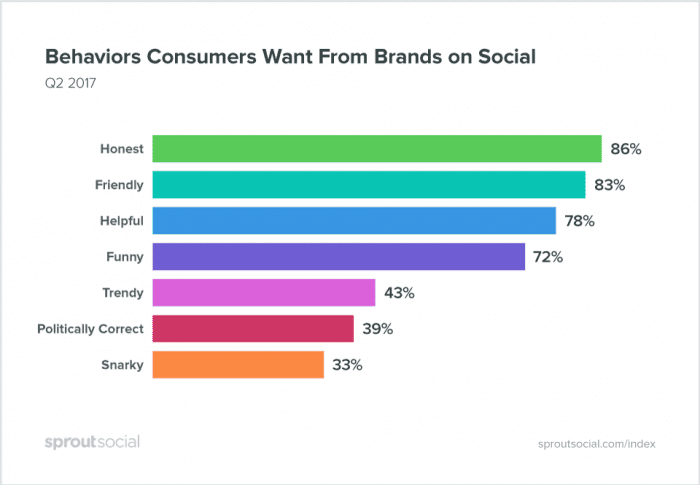
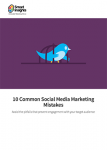
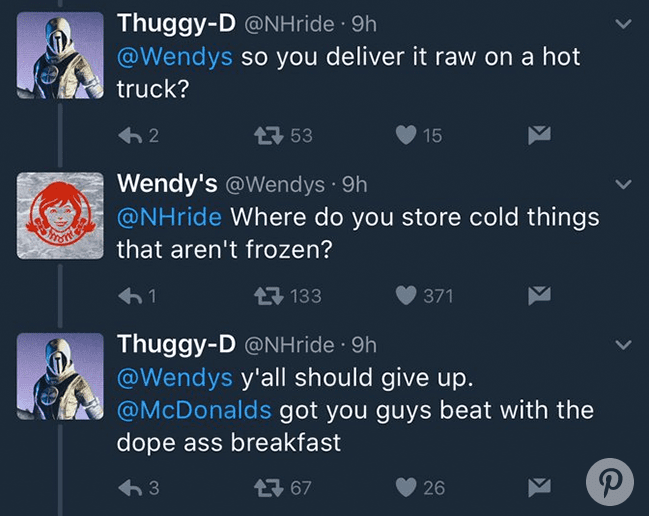
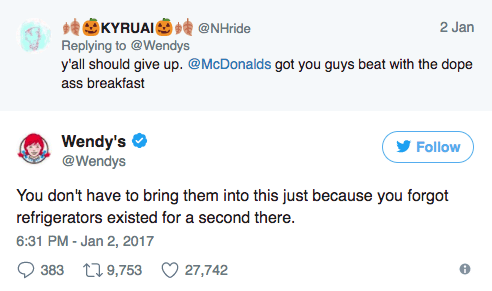
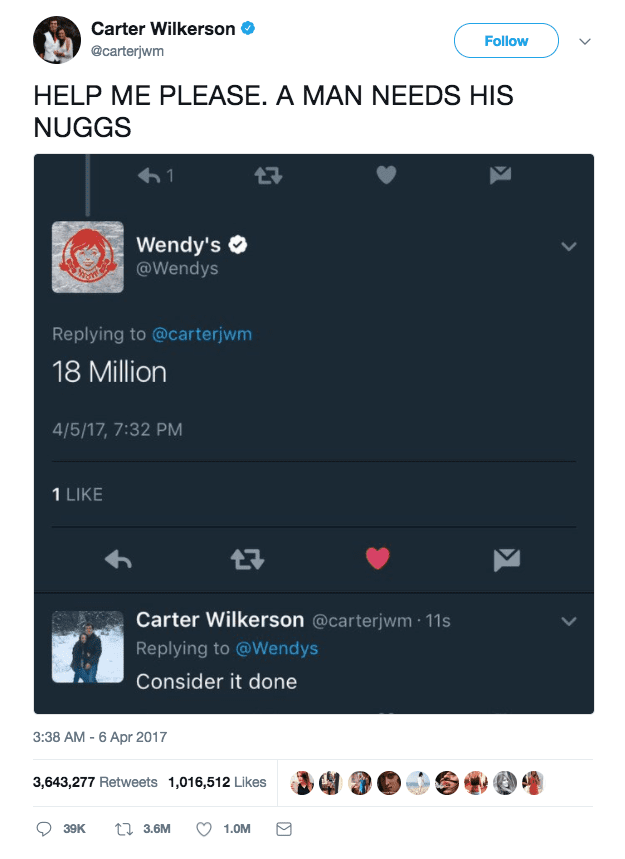
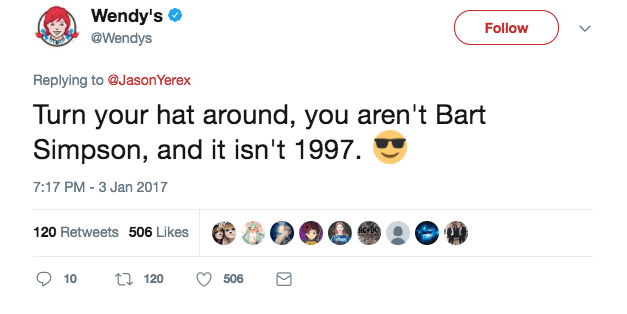
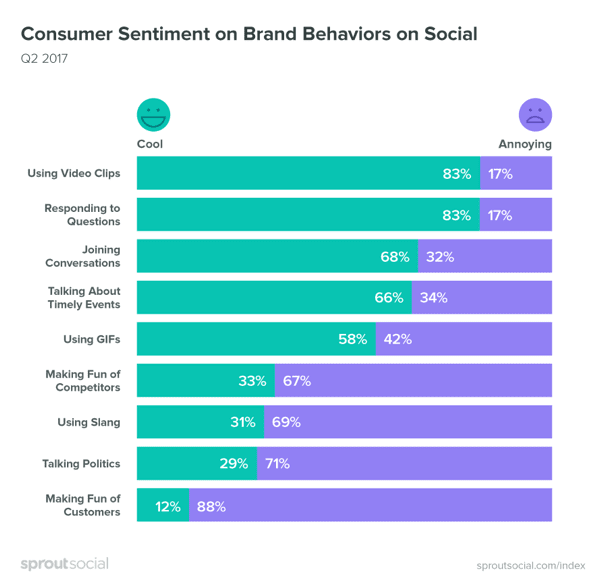
No comments:
Post a Comment